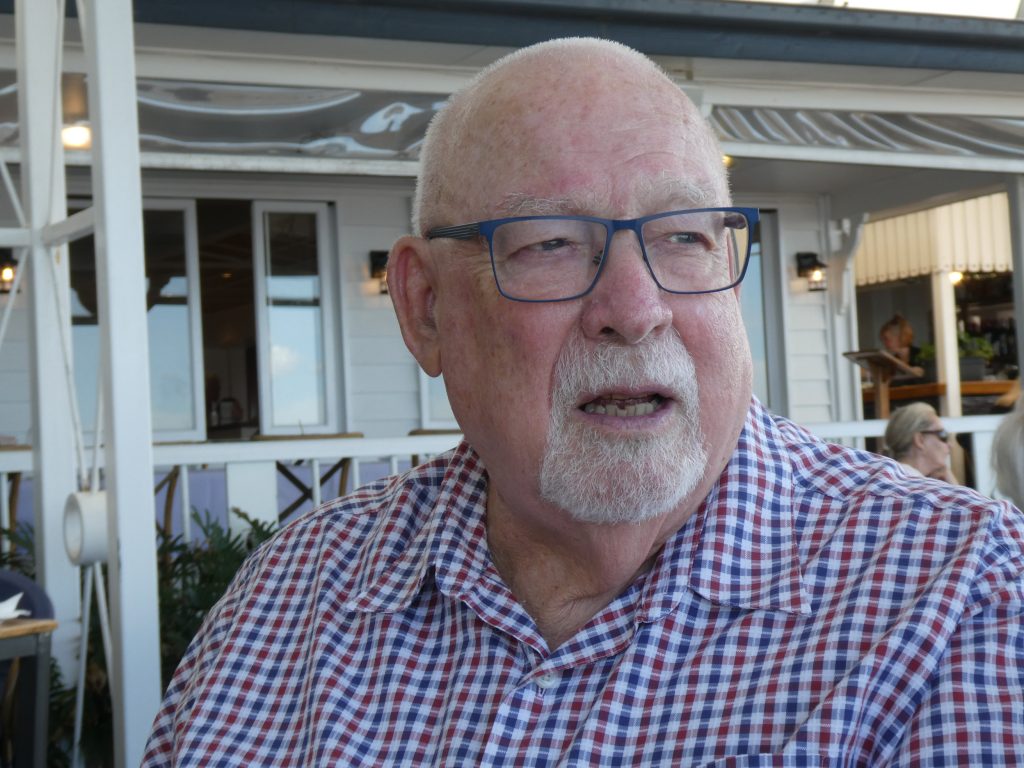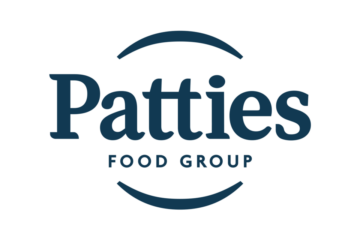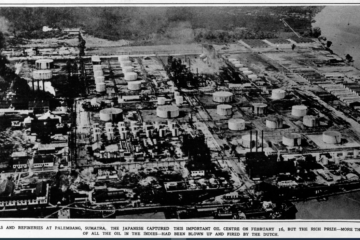
Australia is a land of immigrants. I am an immigrant, and you, dear reader, are probably too. High levels of immigration in the years before 1891 resulted in 32% of the population listed as overseas-born in Australia’s first country-wide census in 1891.
These numbers decreased substantially in the first half of the 20th century, becoming as low as 9.8% in 1947, after which numbers increased again. and since 1970 immigrants form more than 20% of the population again. In 2019, there were over 7.5 million migrants living in Australia. This was 29.7% of the population.
Initially Dutch immigration was a large part of that, but these days the Dutch are only a small proportion of migrants. Dutch immigration was at its peak in the 50’s and 60’s of last century. In 2016 there were 78,700 Dutch born persons in Australia, while the total population was 17,278,800. This places the Dutch migrants in 20th position.
Since a few years I live in a retirement village: Prins Willem Alexander Village, just outside of Brisbane in Queensland. As the name might make you suspect, this village was founded about 30 years ago by a group of Dutch migrants. Thus, many of the residents here are Dutch migrants, although we also have South Africans, Danish, Germans and even American residents. Many of the earlier residents have already moved into the aged care facility, or passed on.
One of the people involved with the development of the village, who is still active, is Henk Mollee. Henk was born in Amsterdam in 1941 as the oldest of eight children. When he was 14, he dropped out of the ULO and went to work as a printer’s apprentice. His father worked as the manager at another printing company.
Henk had been working only a few months when his father decided to migrate to Australia. The housing shortage in Holland was a big factor in this decision. The family of ten was living in a small, old two-bedroom unit on the third floor of a four-story rowhouse, and their balcony had been declared derelict and dangerous. Like so many units in Holland in those days, there was no hot water, and not even a bathroom. Mollee senior was also thinking that jobs for his eight kids would not be easy to find in Holland where the economy was still recovering from the damages of WW2.
The Dutch government, together with the Australian government, stimulated emigration by subsidising the cost. Henk’s family came over on the famous ship the Johan van Oldenbarnevelt, bringing along as much furniture as would fit in the allotted 4 m3 container.
Upon arrival in Brisbane, the family were sent to the Wacol migrant camp. From there Henk and his father commuted to work with a printing company in the CBD. These jobs had been pre-arranged for them by relatives of Henk’s father, who already lived in Australia. After about six months Henk moved to a better job as an apprentice photo-lithographer with a company in Fortitude Valley.
In 1956 the family moved to a four-bedroom rental house in Inala. In 1957 Henk joined a new local Dutch football club, Hollandia Inala Soccer Club. He also associated with the Netherlands-Australia Queensland Club (NAQ) which had a club house in the area.
When Henk was 20, he met Ina Boegheim, a Dutch girl who came from Gouda, through the local Dutch associations. The next year, 1962, Henk and Ina got married and went to live at Kangaroo Point. After less than a year they had to move as the unit was being sold. They then found a rental house in Inala, close to Henk’s parents.
Henk continued working in the printing business, while Ina was working for a stationery firm. They proceeded to have four children, three boys and one girl. In 1979 they built a house in Camira to accommodate their maturing offspring.
Sadly, Henk’s father was not very happy in Australia, mainly because he was used to manage a printing business and was now once again a subordinate. Henk’s father died in 1965 and his mother in 1969.
In contrast, Henk immediately loved life in Australia, the space and freedom that was not available in Holland. In 1975 Henk and Ina had started their own business, a stationery company with a shop in Wacol and one in the Brisbane CBD. The business did very well, but in the early 2000s large companies like Officeworks took over most of the market and Ina and Henk sold their business in 2009.
Meanwhile Henk had become involved in management of the Hollandia football club. In the 1970s they were required to abandon ethnic club names and renamed Lions FC. From 1975 on Henk travelled to Holland with them a few times. In 1980 they moved to their own stadium in Richlands, next to the NAQ Dutch Club.
Through his involvement with various other Dutch activities in Queensland, Henk met Martin Jonkers Sr, and Steve Flierman, who were involved with the development and construction of the Prins Willem Alexander Village (PWA). The village opened in 1990, and although not a PWA resident, by 1994 Henk joined the Board and in 1999 he became President of the PWA Board.
Some years later, in April 2013, Henk and Ina decided to also move into PWA as their home was getting a bit too big for them, and they didn’t want to have to move again later. They regarded PWA as a one-stop shop as it also has low-care and high-care facilities. Henk stayed on the PWA board till 2017, when the village amalgamated with MiCare in Victoria.
Henk kept his involvement with Lions FC, which was often time consuming, and he had three terms as their Chairman, the last one from about 2010 to 2020.
In 2019 Ina got sick, and unfortunately, her illness progressed quickly, and she died in 2020. She had been very active in the village, editing and publishing a monthly newsletter, was treasurer of the residents’ committee, and was a driving force helping organise special events, such as Sinterklaas and Christmas parties and the annual Open Day.
In spite of his sadness for missing his wife, Henk is still positive about living in Australia, Queensland, and in the PWA village. He recently turned 80 and is slowing down a bit, and has discontinued involvement in so many projects. He is lucky to have most of his children living nearby, and he can still drive to visit them. He loves the sub-tropical climate of South Queensland, and the friendships with the PWA residents. He certainly does not regret having migrated to Australia.
Marianne Pietersen (March 2021)

